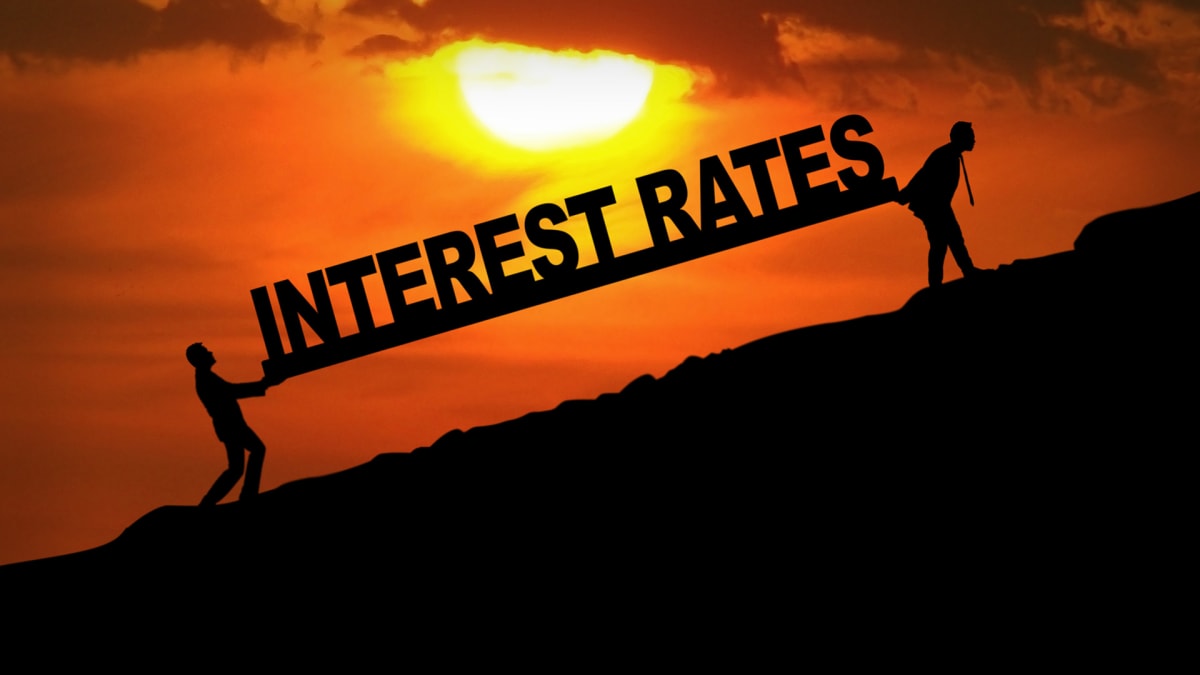
While the Federal Reserve’s interest-rate increases have sent stock prices reeling, they have sent bond yields soaring.
And that has made bonds attractive for those of us looking to buttress the fixed-income portion of our portfolios. If you buy safe, individual bonds and hold them until maturity, you will almost surely receive par value for the bonds upon maturity. And you can enjoy yields close to or more than 5%.
Most investment experts recommend holding at least some bonds in your portfolio as a hedge against falling equity prices. The standard portfolio weighting is 60% stocks and 40% bonds.
Young people can often safely devote more than 60% of their portfolio to stocks, as they have time to ride out declines in the equity market. Older people might want to consider a weighting of more than 40% in bonds, so they don’t get burned by a plunge in stocks after they retire.
Safety of Treasuries
When it comes to choosing which bonds to buy, Treasuries are the safest. They’re fully backed by the federal government, meaning they’re extremely unlikely to default.
Yields of shorter maturities are higher than those of longer ones now (an inverted yield curve). That’s because Fed rate hikes are pushing short-term yields up, while fear of recession is pushing long-term yields down.
As of Nov. 4, a one-year Treasury yields 4.8%. Of course, when that bond matures, you may want to reinvest the money in other bonds. At that point we may well be in a recession, which could mean lower yields for you.
So you can buy three-year Treasuries that yield 4.6%, in case yields are lower than that when your bonds mature.
You can garner a higher yield for some maturities by buying brokered certificates of deposit. On Fidelity Investments’ fixed-income platform, you can purchase a three-year Ally Bank CD that yields 5.1% and a five-year Capital One CD yielding 5%.
These CDs are FDIC-insured up to a value of $250,000.
Corporate Bonds
Many investment-grade corporate bonds yield more than Treasuries. You can buy a single-A, one-year bond issued by Royal Bank of Canada (RBC), a conservative bank, which yields 5.33%. A three-year RBC bond yields 5.42%, and a five-year yields 5.69%.
The single-A rating comes from S&P Global Ratings.
If you’re willing to take the risk of triple-B bonds, the lowest investment-grade rating, you can often get a higher yield.
A one-year bond issued by Oracle, the technology titan, yields 5.06% (lower-rated bonds don’t always yield more than higher-rated ones). A three-year Oracle bond yields 5.51%, and a five-year yields 5.83%.
So there are plenty of ways to take advantage of rising interest rates.
The author owns Royal Bank of Canada bonds and Oracle bonds purchased through Fidelity Investments.







